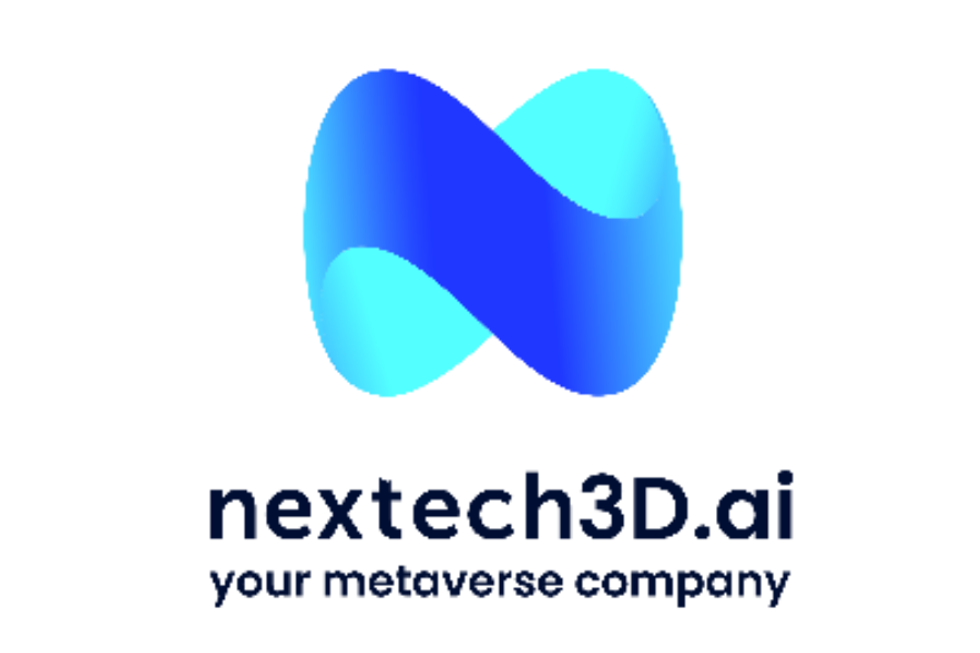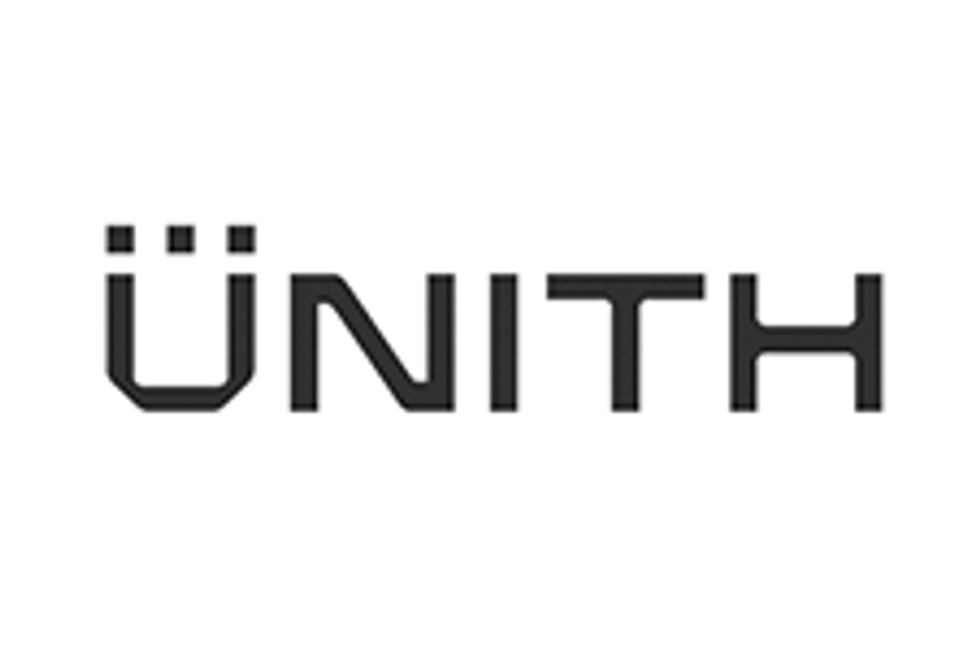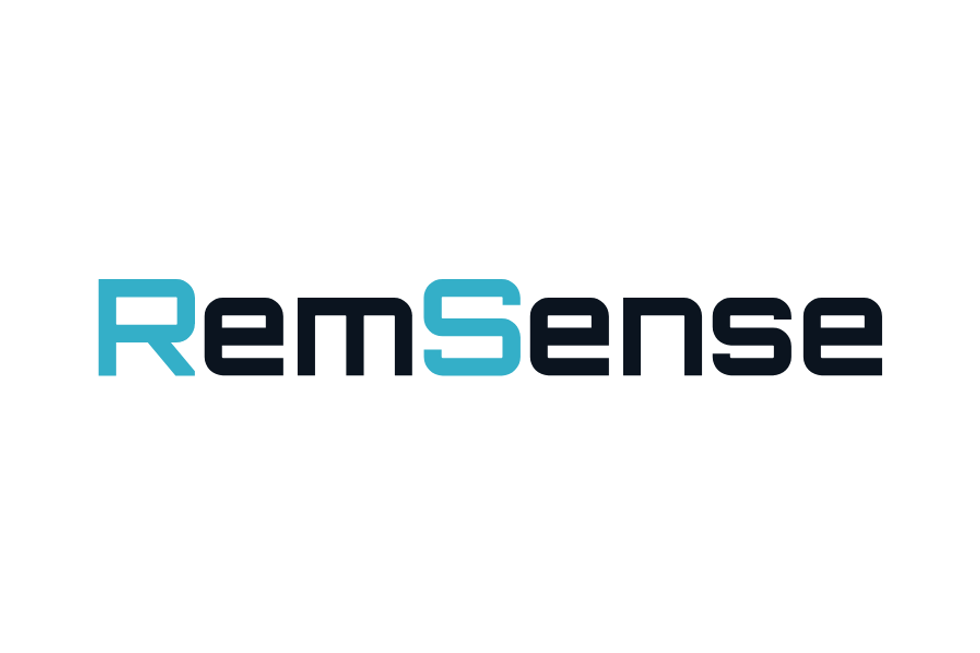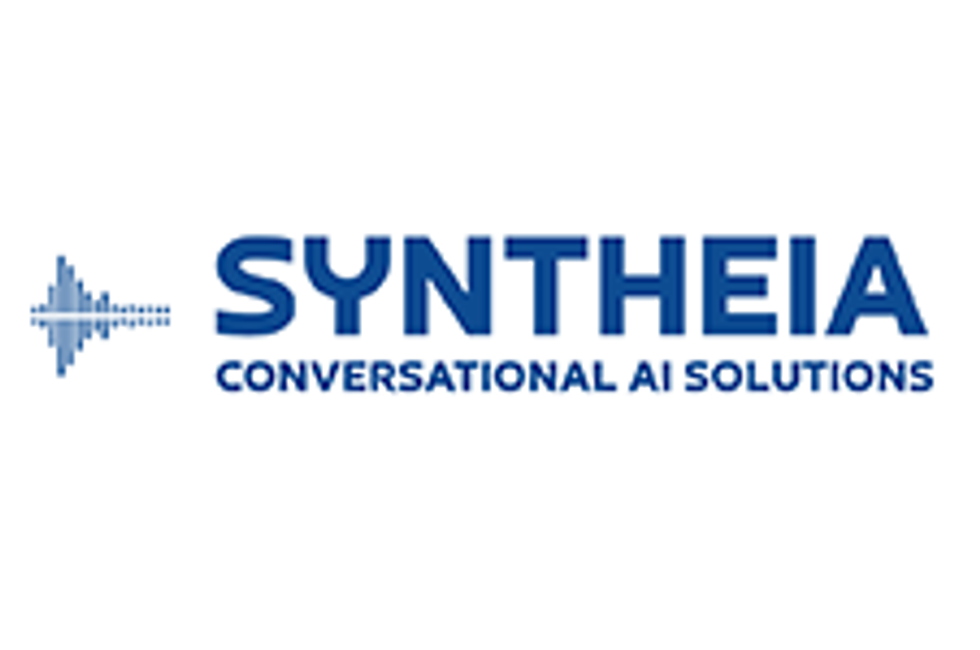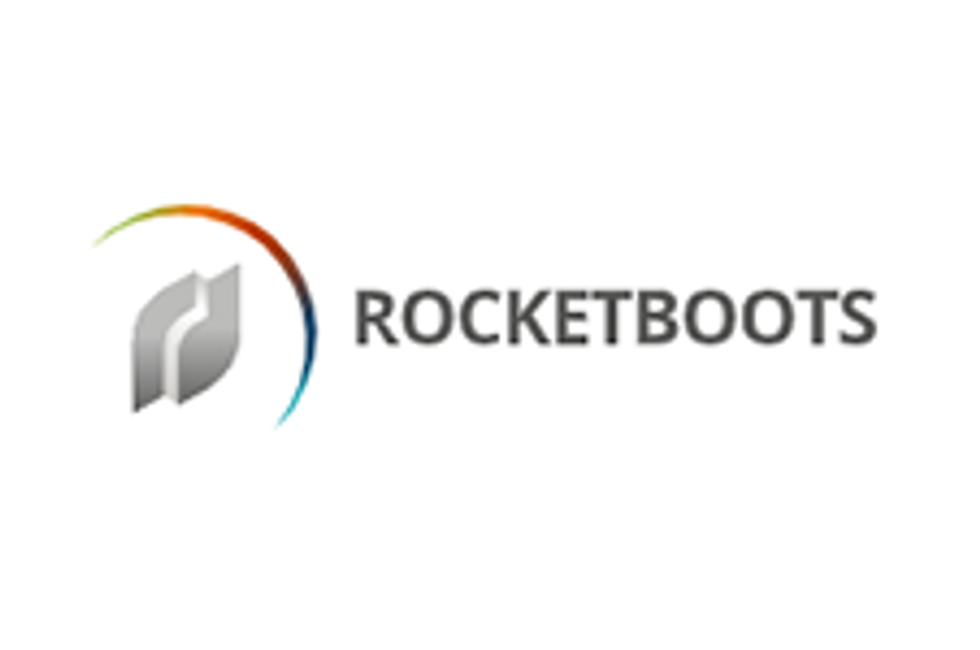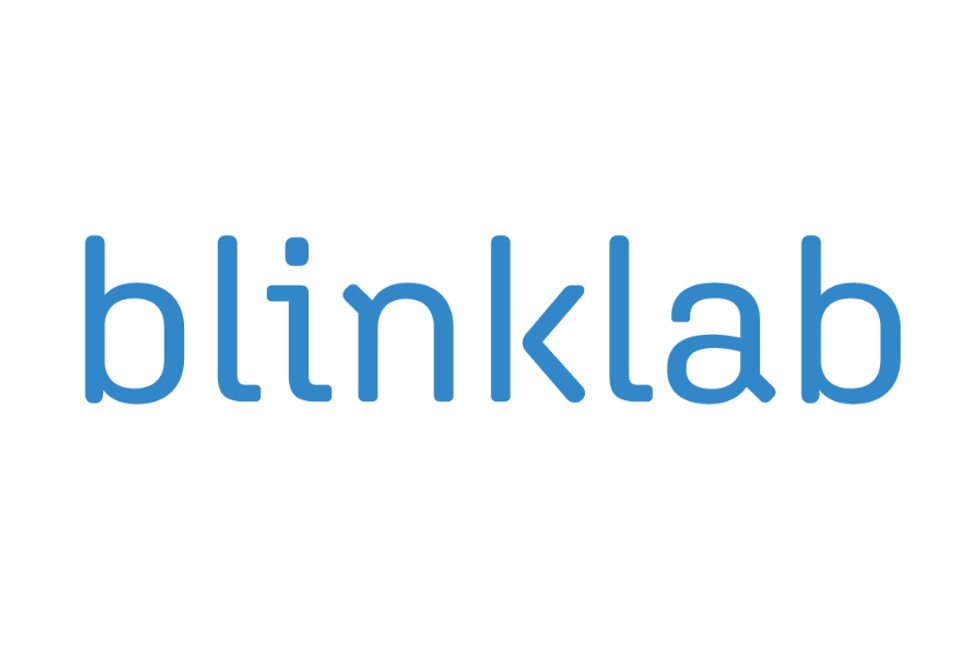AI Market Update: Q3 2025 in Review
AI was the tech sector's powerhouse in Q3, propelling the Nasdaq Composite and the S&P 500 to new heights. As AI continues to reshape industries, investors need to be ready for what's next.

Q3 solidified artificial intelligence (AI) as the central growth engine within the tech sector, driving the Nasdaq Composite (INDEXNASDAQ:.IXIC) and S&P 500 (INDEXSP:.INX) to new heights.
AI-focused stocks dominated market gains during the period, while venture capital funding for AI startups in the US now exceeds US$250 billion year-to-date. According to PitchBook data, over 62 percent of total investment dollars in the third quarter were allocated to prominent AI startups like Anthropic, xAI, OpenAI and MistralAI.
The scale and pace of investment during Q3 emphasized infrastructure as a critical enabler of continued innovation and expansion. Investment in hyperscale AI infrastructure projects and cloud partnerships, such as Meta Platforms' (NASDAQ:META) multibillion-dollar computing deals with Google (NASDAQ:GOOGL) and CoreWeave (NASDAQ:CRWV), and its 49 percent stake in Scale AI, demonstrate the strategic focus on securing advanced AI capabilities.
Likewise, NVIDIA's (NASDAQ:NVDA) commitment to invest US$100 billion in supplying OpenAI with specialized AI chips, coupled with an unprecedented surge in planned data center projects, reflects confidence in AI’s enduring potential.
Despite strong enthusiasm for AI-driven growth, positive market sentiment was balanced against concerns about elevated valuations and broader macroeconomic uncertainties. Variables included interest rate trajectories and supply chain disruptions that forced firms to adapt via strategic partnerships and supply diversification.
In late September, following news of NVIDIA's OpenAI deal, Deutsche Bank (NYSE:DB) released findings suggesting that massive AI capital expenditures have so far prevented a US recession.
While recognizing that the AI investment boom is somewhat unique due to its corporate earnings funding versus debt leverage, the bank compared it cautiously to previous tech cycles, with George Saravelos, an analyst at the firm, noting that continued GDP growth from this tech cycle will require “parabolic capital investment.”
Overall, Q3 showcased an AI market characterized by robust long-term growth conviction, tempered near-term caution, strategic industry reshaping and geopolitical complexity, setting the stage for continued momentum.
AI sector trends up in Q3 amid volatility
AI stock valuations experienced volatility in Q3 amid expanding enterprise adoption and breakthrough announcements in generative AI models. At the same time, the sector remained sensitive to global political developments, with trade tensions and tariffs shaping supply chains and chip manufacturing. Overall, the AI market exhibited an upward trend with mild volatility, reflecting both investor enthusiasm and profit-taking pressures.
Alongside aggressive talent poaching, consolidation among AI leaders and hardware players through M&A and partnerships surged, reflecting a strategic imperative to synergize capabilities, accelerate product development and capture emerging market opportunities faster in a highly competitive ecosystem.
NVIDIA's investment in Intel (NASDAQ:INTC) and Microsoft's (NASDAQ:MSFT) diversification into Anthropic highlight evolving competitive dynamics where collaboration supplements direct rivalry.
Overall, tech companies exceeded earnings expectations due to AI integration, and AI chip advancements boosted investor confidence. Supply chains experienced some impact, but the disruptions were generally less severe than feared. Cross-border collaborations on quantum computing and AI standard setting highlighted a growing focus on technology sovereignty alongside cooperation. Regulatory developments included expanded US government equity stakes in tech and defense, fostering new public-private partnerships for critical technology.
Tension between China and NVIDIA intensified in August after China accused NVIDIA of violating anti-monopoly laws and issued a formal investigation. China also banned NVIDIA's RTX Pro 6000D chips, aiming to reduce reliance on US tech. Concurrently, the US resumed licensing H20 chip exports to China, though shipments remain pending.
September saw typical seasonal volatility and some profit taking, especially in high-valuation tech stocks, sparking caution among investors about potential overvaluation and market exhaustion signals.
The US Federal Reserve’s interest rate cut in September positively impacted growth sectors like AI and semiconductor stocks. A major realignment then occurred with news of the NVIDIA-Intel partnership. Talk of circular financing resurfaced following the deal, with Goldman Sachs (NYSE:GS) analysts raising concerns that NVIDIA's massive investments are creating circular revenue flows. Industry watchers so far advise monitoring and are not yet sounding alarm bells.
Overall, the third quarter reflects a market at a crossroads, buoyed by collaboration and monetary shifts, but mindful of structural risks and geopolitical complexities.
AI infrastructure and compute expansion
Throughout the third quarter, a critical foundation for AI advancement was the unprecedented investment in scalable infrastructure supporting AI model development and deployment.
Industry leaders secured multibillion-dollar cloud compute agreements, signaling the strategic prioritization of hyperscale compute capacity as a necessary enabler of AI.
BlackRock (NYSE:BLK) sees AI infrastructure investment as a cornerstone of the evolving technology landscape in 2025, highlighting the critical role of robust data center capacity, chip advancements and cloud capabilities to support expanding AI workloads. The firm's broader investment outlook emphasizes how leading infrastructure providers are positioned to benefit from the exponential growth in AI compute demand.
In an email to the Investing News Network, Frank Holmes, co-founder and executive chair of HIVE Digital Technologies (TSXV:HIVE,NASDAQ:HIVE), equated chips and data centers to critical infrastructure like oil refineries and power plants, underscoring the strategic importance governments place on AI infrastructure.
“The entire AI ecosystem relies on whether we can build and deliver enough electricity to feed it, which is why I think investors should be paying as much attention to power grids and cooling systems as they are to chip stocks,” he said.
Holmes also highlighted the increasing connection between semiconductors and defense.
Citing PwC's military spending estimates to 2030, which allocate a large portion to high-tech systems like drones, satellites, autonomous ships and AI-enabled fighter jets, he underscored the importance of compute.
“I would urge investors to recognize that compute is the new energy. Nations are stockpiling it, and companies are monetizing it. Just as oil defined the 20th century, I believe compute will define the 21st," Holmes said.
"The question isn’t whether to get exposure, but how.”
AI trends to watch in Q4
Several key factors could shape Q4 market dynamics for the AI space.
Talent acquisition remains critical, with the new H-1B requirements in the US expected to make it harder and more expensive for companies to hire foreign AI talent. That could particularly challenge startups and mid-sized firms.
Industry consolidation and rivalry are expected to intensify, with ARK Invest’s Cathie Wood noting that the leading AI competitors are likely to narrow to a few dominant players by year-end.
Meanwhile, Bain & Co.’s projection of a US$800 billion shortfall in AI compute revenues highlights a persistent funding and infrastructure gap that, if unmet, could slow AI deployment and dampen growth expectations.
Finally, the US government shutdown, if it continues, could increase uncertainty around Fed policy, potentially delaying or complicating interest rate decisions and adding volatility to markets as investors reassess the economy.
With these dynamics in play, Q4 is expected to bring heightened market sensitivity to external factors, shaping capital allocation and risk appetite in technology sectors. Balanced against headwinds, the outlook remains cautiously constructive as AI’s broad impact continues to reshape markets and industries.
Don’t forget to follow us @INN_Technology for real-time news updates!
Securities Disclosure: I, Meagen Seatter, hold no direct investment interest in any company mentioned in this article.
Editorial Disclosure: The Investing News Network does not guarantee the accuracy or thoroughness of the information reported in the interviews it conducts. The opinions expressed in these interviews do not reflect the opinions of the Investing News Network and do not constitute investment advice. All readers are encouraged to perform their own due diligence.
- AI Market 2024 Year-End Review ›
- How to Invest in OpenAI's ChatGPT ›
- AI Stocks: 9 Biggest Companies ›
- Is Now a Good Time to Invest in AI? ›
- How to Invest in Artificial Intelligence ›

